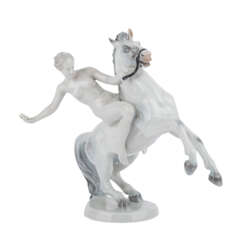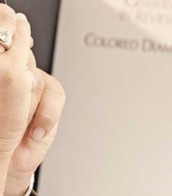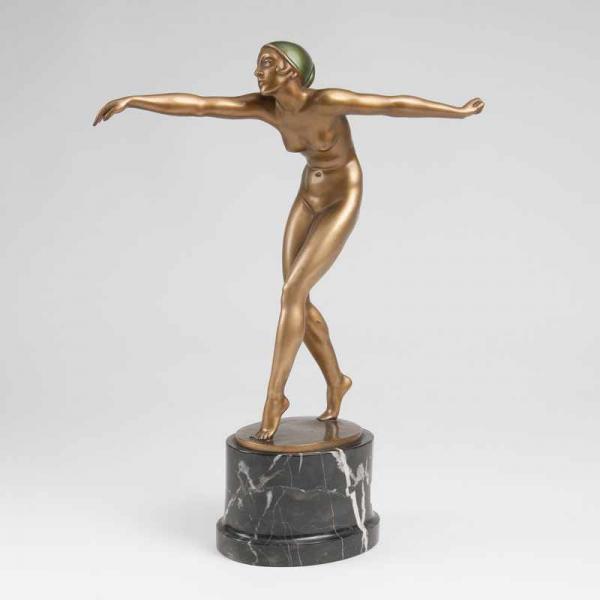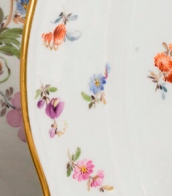amazon
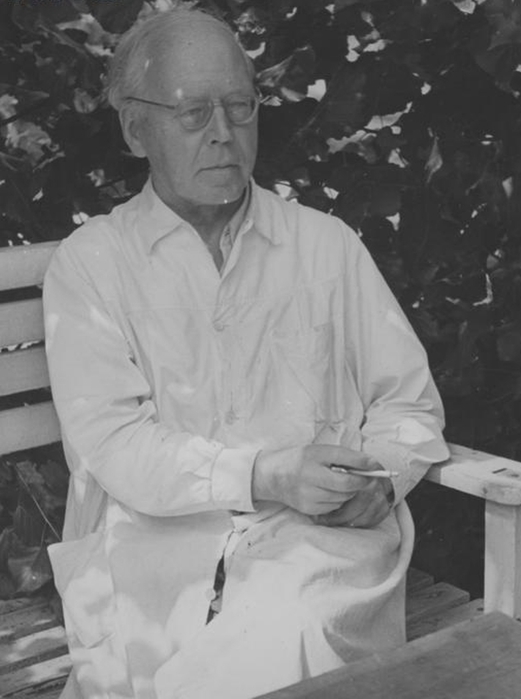
Georg Kolbe was a German sculptor of the first half of the twentieth century. He is known as a master of Classicism and Symbolism. Throughout most of his professional career he was an artist in demand by various German authorities.
Georg Kolbe, despite the strong influence of the Expressionists, managed to develop his own unique style. He left a notable mark not only in sculpture, his artistic legacy includes a large number of drawings and hundreds of engravings.
His biography is closely connected with Berlin, where he lived for more than 40 years. Kolbe is named for the prize awarded by the Artists' Union of Berlin. The artist's former studio now houses a museum with permanent solo exhibitions of works by renowned sculptors of modern art.


Henry Walter Bates was a British naturalist, biologist and traveler.
As a young man, Henry worked in a factory and attended the local mechanical institute, where he excelled in Greek, Latin, French, drawing and composition, later learning German and Portuguese. He also practiced classical music and was an avid entomologist.
In 1844, Bates met entomologist Alfred Russel Wallace, who a few years later invited him to go to the tropical jungle on a scientific expedition. In May 1848, they arrived in Para, Brazil, near the mouth of the Amazon River. Wallace returned to England four years later, but Bates remained there for a total of 11 years, exploring the entire Amazon Valley, where he collected some 14,712 species, mostly insects, of which 8,000 were previously unknown.
On his return to England in 1859, Bates began working on his vast collections and preparing a famous paper published in 1862 entitled Contributions to an Insect Fauna of the Amazon Valley. In 1864 Bates was appointed assistant secretary of the Royal Geographical Society (London), a position he held until his death. He wrote The Naturalist on the Amazon River (1863), as well as many works on entomology.
Bates's work in demonstrating the action of natural selection in animal mimicry (imitation of other living organisms or inanimate objects) provided strong support for Charles Darwin's theory of evolution. Much of Bates's insect collections are in the British Museum.


Franz von Stuck was a German painter, sculptor, printmaker, and architect. Stuck was best known for his paintings of ancient mythology, receiving substantial critical acclaim with The Sin in 1892.



























